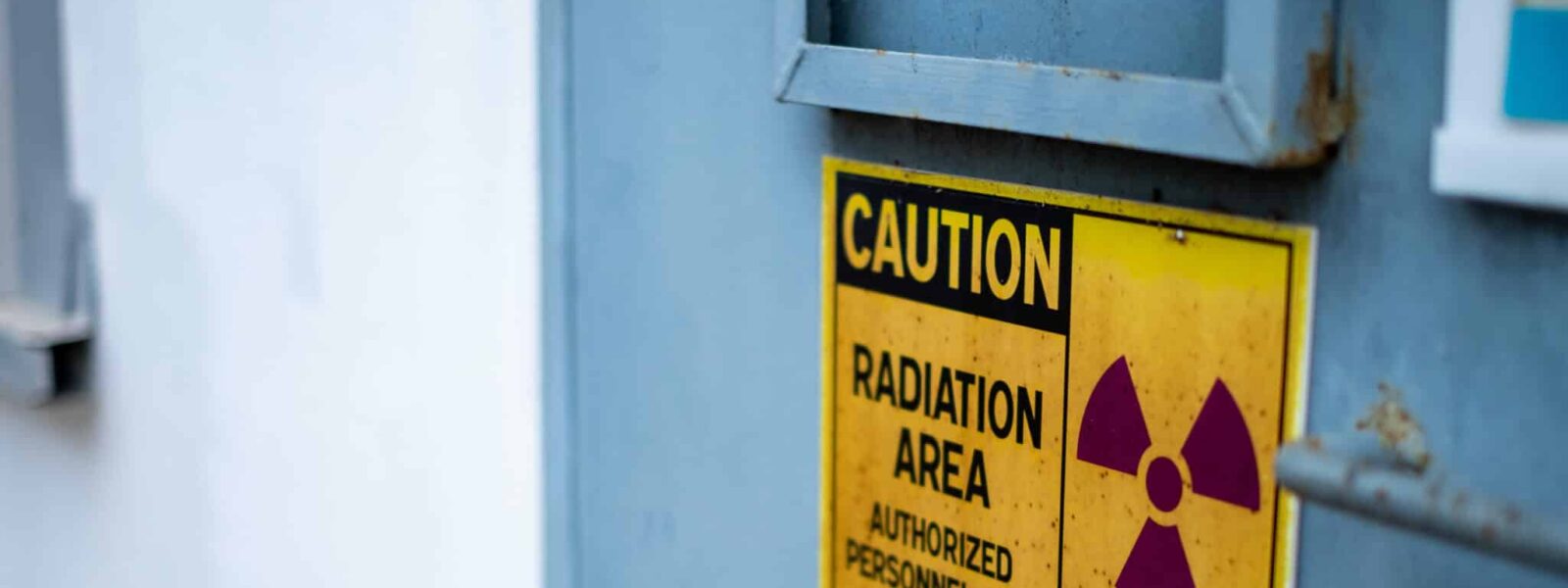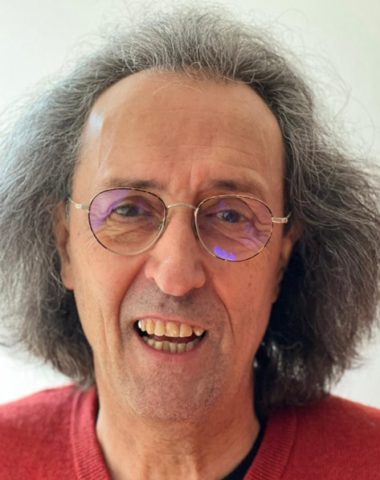Nuclear waste: how are sites monitored?
- In France, all facilities handling nuclear waste must be equipped with a centre of competence with qualified and trained personnel.
- A radioactive waste processing inspection aims to ensure that regulations are respected and that good practices are put in place. It can also put forward measures for so-called minor improvements.
- France is one of the strictest EU member states in terms of radioactive waste management.
- Other types of waste are those from small producers (5% of radioactive waste). Regulations have been put in place so that the National Agency for Radioactive Waste Management (Andra) can deal with this waste.
For any type of inspection of radioactive waste treatment centres, there are a number of points to check – for example, how the exposure of staff and third parties passing through the site is managed. Also, inspectors look at how radiological zoning is carried out and how compliance with safety elements is ensured.
In the past, large installations of this type required what are known as competent radiation protection departments. Today, with new regulations, the term has changed slightly but the philosophy remains the same: all installations in which you have nuclear waste (known as basic nuclear installations), must have a competence centre with qualified and trained personnel.
Nuclear inspectors look at how these centres are organised, that is, their mission and what aspects might be improved. An inspector must remain factual when reviewing a site: if we notice something wrong in the way waste is being managed on a site, we must say so. Similarly, if we observe good practices, it is worthwhile communicating on these so that other sites can learn from them.
Three levels of action
There are three levels of action we can take following a visit. The first is corrective action, which is what we request of the site in the case of non-compliance with regulations – in the form a decree. If a decree is not precise enough, we bring in an additional text, often an order or a decision taken by the Nuclear Safety Authority (ASN). If there is ever a deviation from these texts, we then ask for corrective action.
The second is a request for additional information when we find that the site is not adhering to good practices being carried out elsewhere, by operators of other sites. In this case, we ask them to change their way of working. The last level is where we make suggestions for minor improvements, observations, related to slight deviations from regulations or good practice.
Debriefing is important
After a visit, there is a debriefing, which inspectors should always carry out. This is the time to put our cards on the table, as it were, and to announce what will be in the follow-up letter. If an inspection did not go very well and we observed deviations, we must say so. We should not say that everything is fine in the oral feedback and then send a 10-page report with actions to be taken. The follow-up report should be in line with the oral debriefing.
France happens to be one of the strictest EU Member States for when it comes to radioactive waste management.
France happens to be one of the strictest EU Member States for when it comes to radioactive waste management. To give you an idea of the philosophy we have adopted, an object that has been in a nuclear installation in which there is a risk of dispersion or contamination cannot be disposed of in conventional waste channels.
In contrast to other EU Member States, there are no “release thresholds”. Germany, Belgium, and Spain, for example, apply the EU Directive – values in total becquerels, or becquerels per gram (mass activity), below which waste can be released into the normal cycle. This is because the activity of the radionuclides in the waste is considered to be so low that it has no impact on human health or the environment. That said, this changed on 14th February 2022 with the publication of two decrees concerning recoverable, but slightly contaminated, metallic materials.
Following a written report, we issue a follow-up letter (that is made public and published on the ASN website) and the recipient normally has two months to respond and implement our requests. If they choose not to do so, we then send a formal notice. If this is ignored, we can suspend activity on the site (something that does not happen very often, fortunately). The last major event in France of this kind was at the Épinal hospital in 2005–2006, where several cohorts of patients were overexposed to radioactivity. Some of these patients died. This situation did indeed merit an inspection, complaint, legal action, trial, and conviction.
Other waste
In this article, we have mainly talked about waste related to nuclear operators, because today this category represents 95% of the waste in France. But we also have 5% of waste from small producers, which comes from elsewhere. In particular, there are all the research institutes that use unsealed sources and liquid sources in general. These organisations are obliged to return any tritium and carbon-14 waste which has undergone periods of radioactivity of more than 100 days to Andra. While this category of waste represents a small volume, it does exist.
It should also be noted that a certain number of entities in France are authorised to use this type of radioactive source. This is the case, for example, at Sanofi Pasteur, INRA, INSERM and forensic science laboratories. In some cases, Andra must recuperate the waste produced by these organisations, even if it is a small volume that is not very radioactive.
Finally, there is a more general public category: all objects that contain radium must be recovered. Here, we can cite wristwatches and clocks and other small objects that contain radioactivity, either artificial or natural. We’ve all seen these kinds of objects in flea markets, and we may even have some in our own homes.















